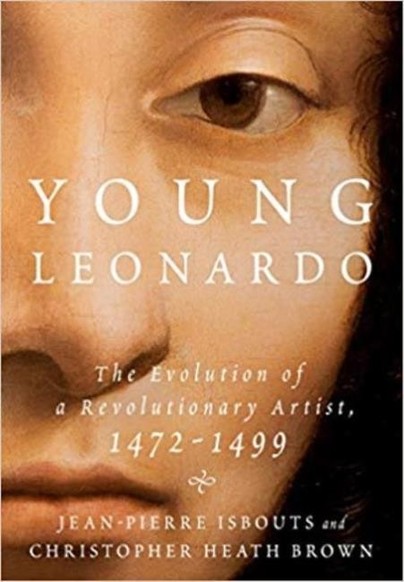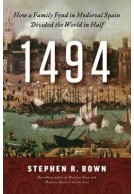Young Leonardo (Hardback)
The Evolution of a Revolutionary Artist, 1472-1499
Imprint: Thomas Dunne Books
Pages: 240
ISBN: 9781250129352
Published: 31st May 2017
Script Academic & Professional
Pages: 240
ISBN: 9781250129352
Published: 31st May 2017
Script Academic & Professional
You'll be £9.95 closer to your next £10.00 credit when you purchase Young Leonardo. What's this?
+£4.99 UK Delivery or free UK delivery if order is over £40
(click here for international delivery rates)
Need a currency converter? Check XE.com for live rates
(click here for international delivery rates)
Need a currency converter? Check XE.com for live rates
The traditional view of Leonardo da Vinci's career is that he enjoyed a promising start in Florence and then moved to Milan to become the celebrated court artist of Duke Ludovico Sforza. Young Leonardo presents a very different view. It reveals how the young Leonardo struggled against the prevailing style of his master Verrocchio, was stymied in his efforts to produce his first masterpiece in Florence, and left for Milan on little more than a wing and a prayer. Once there, he was long ignored by Duke Ludovico, and enjoyed only tepid Sforza support after his great equestrian project came to nothing. Meanwhile, all the major Sforza commissions went to artists whose names are now forgotten.
Isbouts and Brown depict Leonardo's seminal years in Milan from an entirely new perspective: that of the Sforza court. They show that much of the Sforza patronage was directed on vast projects, such as the Milan Cathedral, favoring a close circle of local artists to which Leonardo never gained entry. As a result, his exceptional talent remained largely unrecognized right up to the Last Supper. The authors also explore a mysterious link between the Last Supper and the fresco of the Crucifixion on the opposite wall, a work that up to now has fully escaped public attention. Finally, they present a sensational theory: that two long-ignored, life-sized copies of the Last Supper, now in Belgium and the U.K., were actually commissioned by the French King Louis XII and painted under Leonardo's direct supervision.
Young Leonardo is a fascinating window into the artist's mind as he slowly develops the groundbreaking techniques that will produce the High Renaissance and change the course of European art.
Other titles in Thomas Dunne Books...










